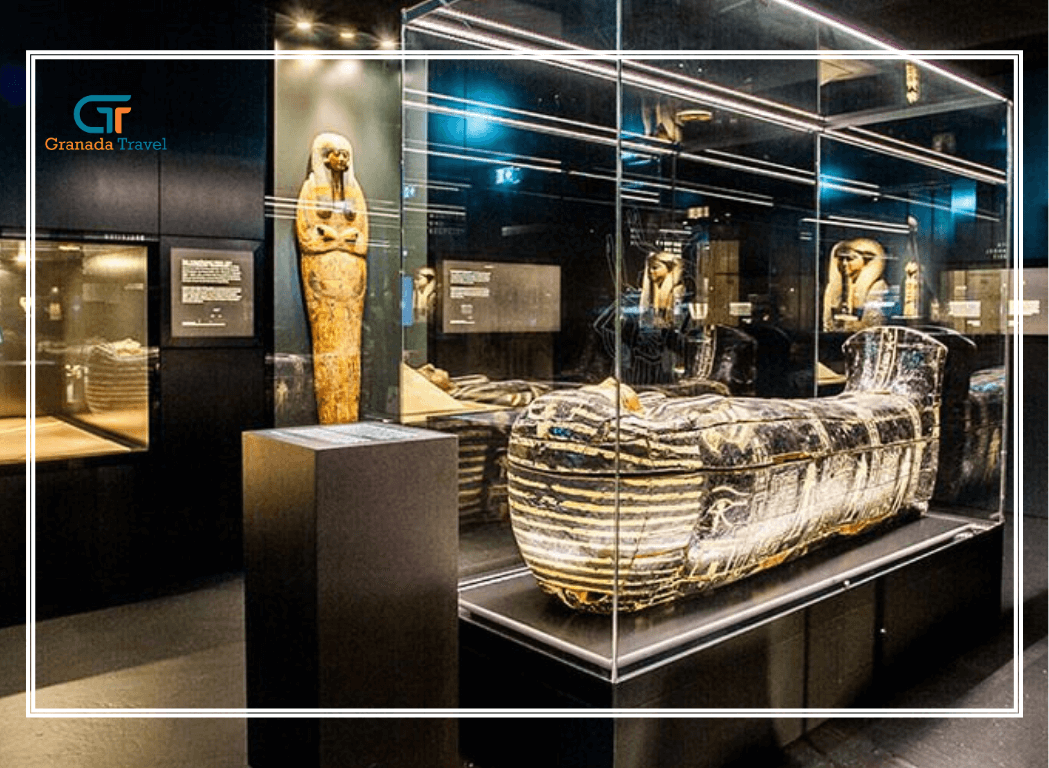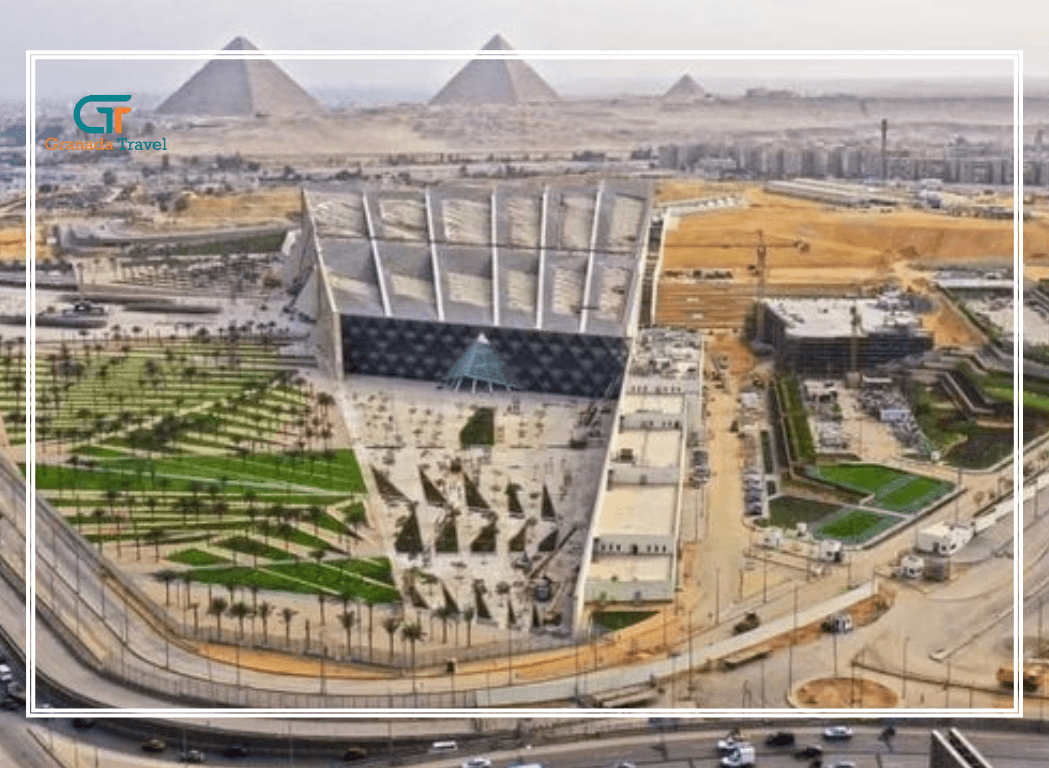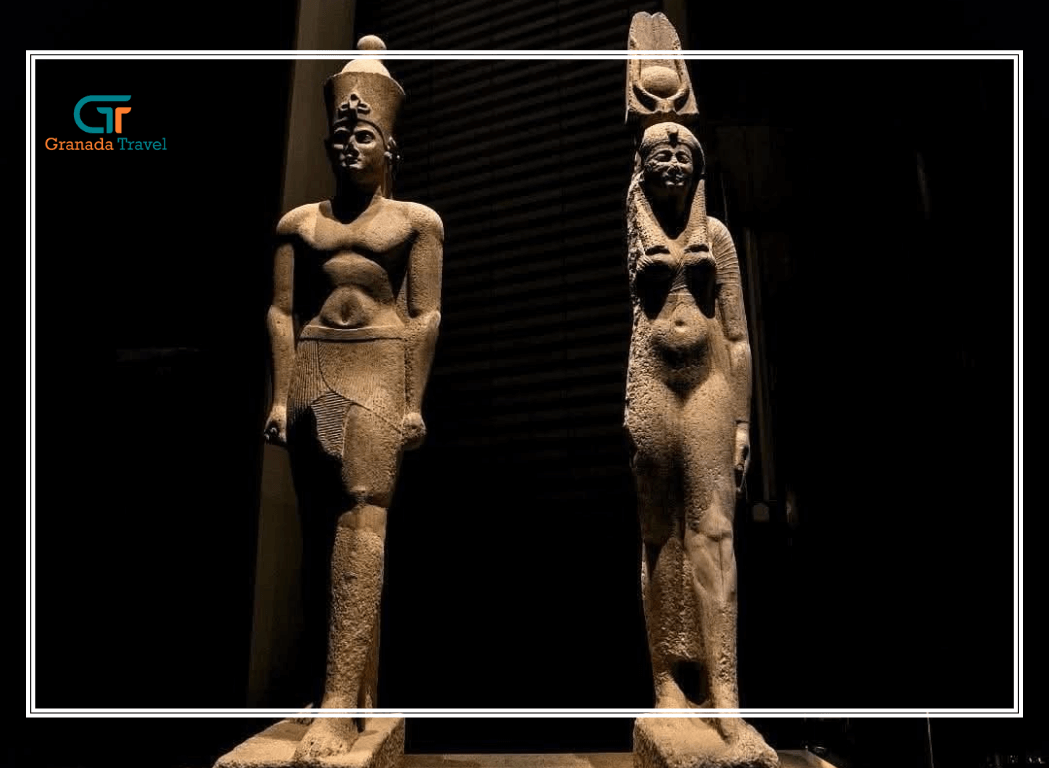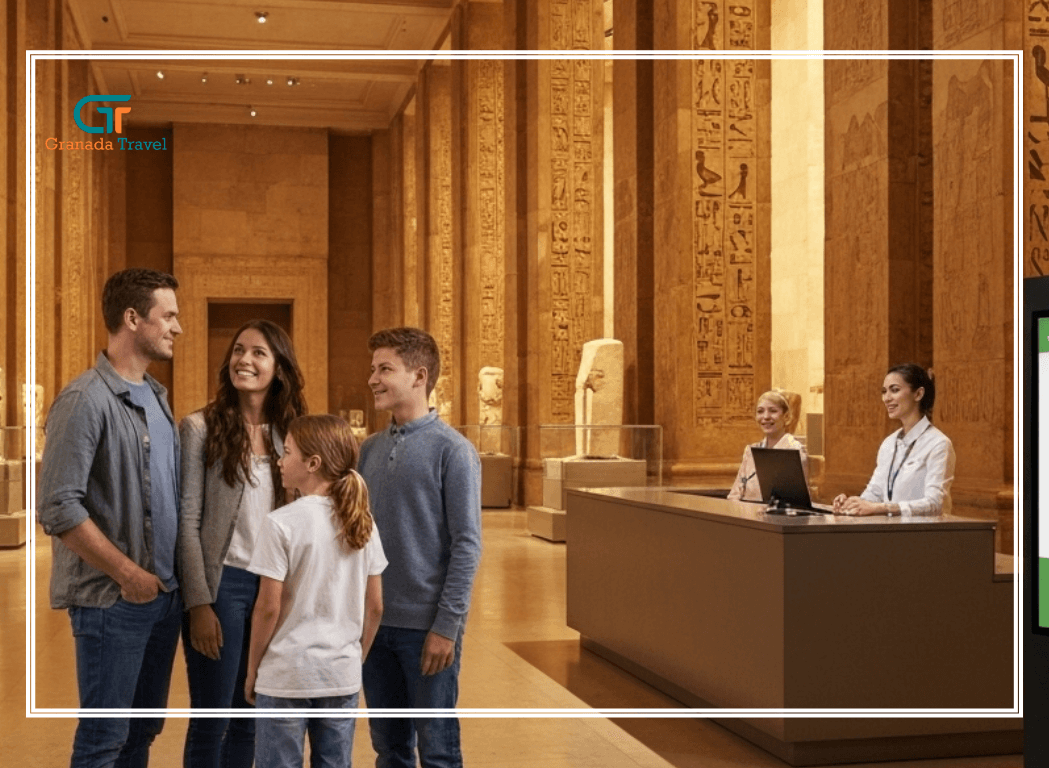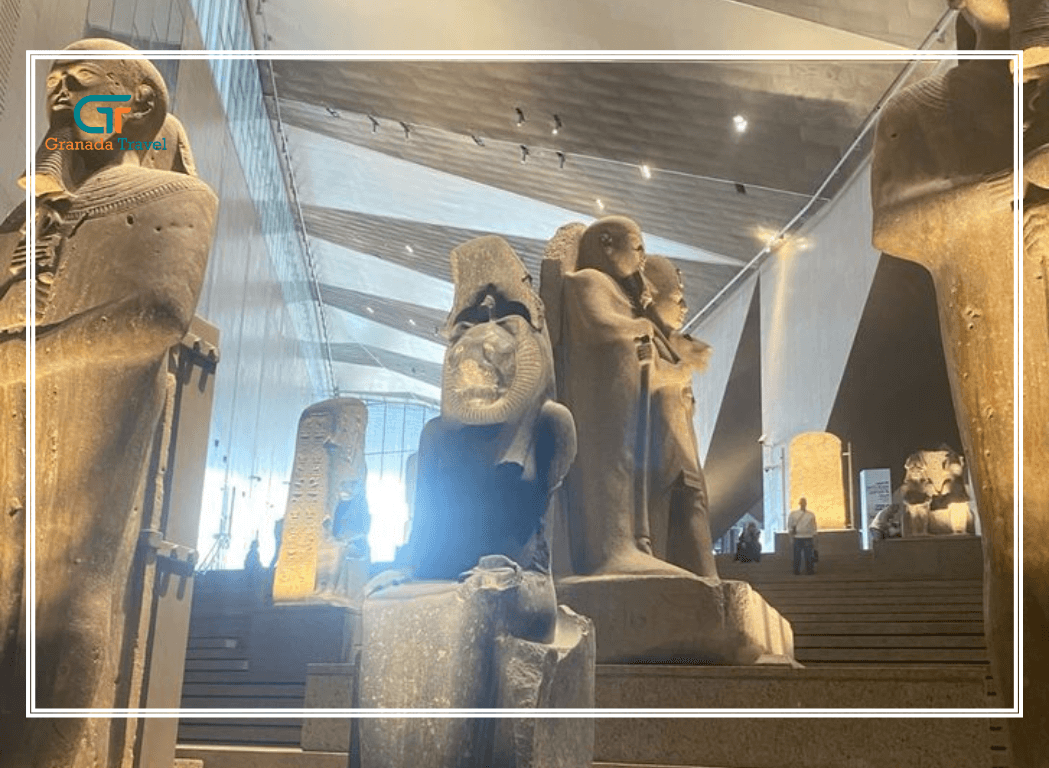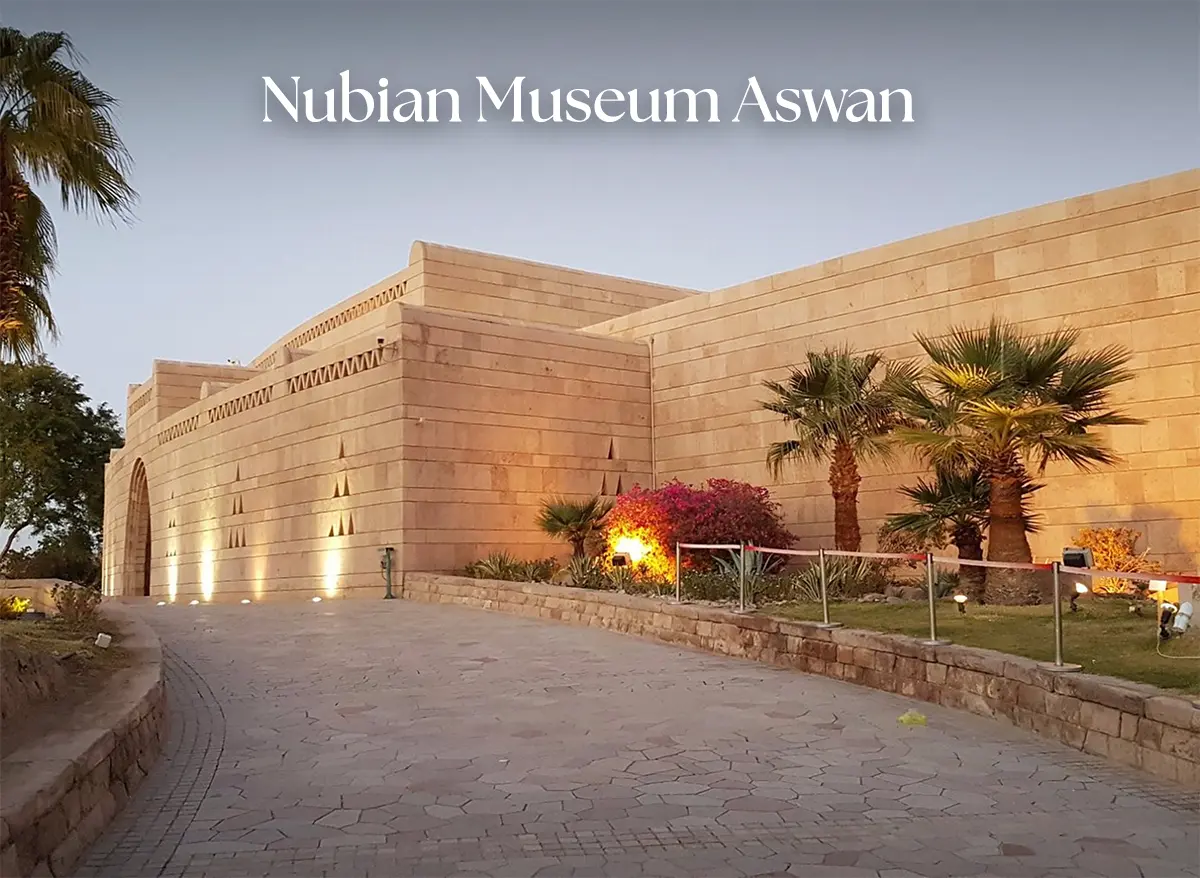
Exploring the Nubian Museum Aswan: A Journey Through Time and Culture
Nestled in the heart of Aswan, Egypt, the Nubian Museum Aswan stands as a beacon of cultural preservation and historical significance. Officially known as the International Museum of Nubia, this architectural masterpiece is a must-visit destination for anyone eager to delve into the rich heritage of Nubian civilization. With its stunning exhibits, unique design, and serene surroundings, the Nubian Museum in Aswan offers an unforgettable experience that bridges ancient history with modern storytelling. In this comprehensive guide, we’ll explore the museum’s history, exhibits, practical visitor information like Nubian Museum Aswan opening hours and Nubian Museum entrance fee, and why it’s a highlight of any trip to Aswan Egypt.
The History Behind the Nubian Museum Aswan
The Nubian Museum Aswan Egypt was born out of necessity and vision. In the 1960s, the construction of the Aswan High Dam Egypt threatened to submerge vast areas of Nubian land under the rising waters of Lake Nasser. Recognizing the imminent loss of invaluable cultural and archaeological treasures, the Egyptian government, in collaboration with UNESCO, launched the International Campaign to Save the Monuments of Nubia. This monumental effort involved over 60 expeditions that excavated hundreds of sites, recovered thousands of artifacts, and relocated significant temples like Abu Simbel and Philae to higher ground.
The idea for the Nubian Museum in Aswan emerged during this campaign, with plans formalized in the 1980s. Construction began in 1986, and after a decade of meticulous work, the museum opened its doors on November 23, 1997. Designed by Egyptian architect Mahmoud El-Hakim, the Nubian Museum Aswan cost an estimated 75 million Egyptian pounds (approximately $22 million at the time) and was awarded the prestigious Aga Khan Award for Architecture in 2001 for its harmonious blend of modern and traditional Nubian design.
Architectural Marvel of the Nubian Museum Aswan
The Nubian Museum Aswan is as much a work of art as the artifacts it houses. Spanning 50,000 square meters, with 7,000 square meters dedicated to the main building, the museum is perched on a steep cliff, offering a breathtaking view of the Nile River. The structure is clad in local sandstone and pink granite, reflecting traditional Nubian architectural elements. Its design cleverly incorporates the surrounding landscape, with landscaped gardens, artificial lakes, and waterfalls symbolizing the Nile’s journey from Ethiopia and Sudan to Egypt.
The outdoor exhibition area is a highlight, featuring 90 monumental pieces, including statues, stelae, and a reconstructed Nubian house that offers a glimpse into traditional daily life. A prehistoric cave with ancient rock drawings and a megalithic calendar, a replica of the Nabta Playa stone circle, add to the open-air museum’s allure. The garden also hosts Nubian cultural performances, immersing visitors in the vibrant traditions of the region. For those seeking Nubian Museum photos, the outdoor area provides countless opportunities to capture the beauty of the artifacts against the backdrop of Aswan’s natural splendor.
Inside the Nubian Museum Aswan: A Treasure Trove of Artifacts
Stepping inside the Nubian Museum Aswan Egypt, visitors are greeted by a collection of over 3,000 artifacts spanning 6,500 years of Nubian history, from prehistory to the present day. The museum’s three floors are thoughtfully organized in chronological order, covering the geological, Pharaonic, Roman, Coptic, Islamic, and modern Nubian periods. Each artifact is accompanied by detailed descriptions in Arabic and English, making the exhibits accessible to a global audience.
Among the museum’s most iconic pieces is a 20,000-year-old human skeleton discovered in Aswan in 1982, offering a rare glimpse into prehistoric life. Other highlights include a pair of silver bracelets, a bone comb engraved with giraffes, a Paleolithic axe, and a 6,000-year-old painted pottery bowl. The museum also showcases mummies of sacred rams, reflecting the Nubian worship of the Theban god Amun, and horse armor from the Ballana period (5th to 7th centuries BC), demonstrating the sophistication of Nubian craftsmanship.
The Nubian Museum in Aswan also emphasizes the cultural exchange between Nubians and their neighbors, particularly the ancient Egyptians. Exhibits highlight the Kingdom of Kush, a powerful Nubian civilization, and the five Nubian pharaohs of Egypt’s 25th Dynasty, including King Shabitko and Tanutamani. A diorama depicting daily life in a Nubian village, complete with traditional silver jewelry and household items, brings the modern Nubian culture to life.
[cta-actions]
The Impact of the Aswan High Dam
The Nubian Museum Aswan doesn’t shy away from addressing the challenges faced by the Nubian people, particularly the displacement caused by the Aswan High Dam Egypt. The dam’s construction in the 1960s flooded much of Nubian land, forcing thousands of Nubians to relocate. The museum poignantly documents this period through photographs, documents, and testimonies, highlighting the resilience of the Nubian community in preserving their identity and traditions despite significant upheaval.
Practical Information for Visiting the Nubian Museum Aswan
For those planning a visit, here’s everything you need to know about the Nubian Museum Aswan opening hours, Nubian Museum entrance fee, and how to make the most of your experience:
- Nubian Museum Aswan Opening Hours: The museum is open daily from 9:00 AM to 5:00 PM. However, hours may vary during public holidays or special events, so it’s advisable to check in advance.
- Nubian Museum Entrance Fee: The admission fee is approximately 100 EGP (Egyptian Pounds) for adults and 50 EGP for students, though prices are subject to change.
- Location: The Nubian Museum Aswan Egypt is located on El Fanadek Street, opposite the Basma Hotel, just 3 km from Aswan’s city center. It’s easily accessible by taxi, private car, or guided tours. Public buses are available but can be challenging for non-Arabic speakers.
- Duration of Visit: Plan for 1.5 to 2 hours to explore the indoor exhibits and outdoor gardens thoroughly. Guided tours with an Egyptologist can enhance the experience, providing deeper insights into the artifacts. Check Granada Travel tours to pick a comfortable visit to different attractions in Aswan.
Why Visit the Nubian Museum Aswan?
The Nubian Museum in Aswan is more than just a repository of artifacts; it’s a celebration of a vibrant culture that has shaped Egypt’s history. Unlike the more crowded Egyptian Museum in Cairo, the Nubian Museum Aswan offers a serene and uncrowded environment, allowing visitors to engage with the exhibits at their own pace. Its modern, air-conditioned building and well-curated displays make it an ideal stop for history enthusiasts, art lovers, and curious travelers alike.
The museum also serves as a community hub, with educational programs, workshops, and cultural performances that engage both locals and visitors. Its research center supports ongoing studies of Nubian heritage, ensuring that this ancient civilization’s legacy endures. For those visiting Aswan Egypt, the Nubian Museum Aswan provides a perfect introduction to the region’s history before exploring nearby attractions like the Nubian village Aswan or the majestic Edfu Temple.
Complementing Your Visit to Aswan
A trip to the Nubian Museum Aswan pairs beautifully with other Aswan attractions. After exploring the museum, consider visiting the Aswan Temple, also known as the Temple of Philae, a stunning Ptolemaic structure dedicated to the goddess Isis. A short boat ride to a Nubian village Aswan offers a chance to experience contemporary Nubian culture, with colorful homes and warm hospitality. For a broader perspective on Aswan’s history, the Aswan High Dam Egypt and the nearby Edfu Temple are excellent additions to your itinerary.
Tips for Capturing Nubian Museum Photos
Photography enthusiasts will find endless inspiration at the Nubian Museum Aswan. The outdoor garden, with its statues, lakes, and waterfalls, is perfect for capturing dramatic Nubian Museum photos. Inside, the well-lit exhibits, such as the quartzite statues and intricate jewelry, make for striking images, though flash photography may be restricted to protect the artifacts. Early morning visits offer softer lighting and fewer crowds, ideal for photographing both the museum’s interior and exterior.
The Legacy of Nubian Culture
The Nubian Museum Aswan is a testament to the enduring legacy of Nubian culture, offering a window into a civilization that has thrived along the Nile for millennia. Its blend of ancient artifacts, modern design, and cultural storytelling makes it a standout attraction in Aswan Egypt. Whether you’re drawn by the promise of Nubian Museum photos, intrigued by the Nubian Museum Aswan opening hours and Nubian Museum entrance fee, or simply eager to explore Nubian history, this museum delivers an enriching experience. Pair your visit with explorations of the Nubian village Aswan, Edfu Temple, or Aswan Temple, and you’ll leave Aswan with a deeper appreciation for Egypt’s diverse heritage.
Plan your visit to the Nubian Museum Aswan Egypt today, and step into a world where history, culture, and natural beauty converge.
[cta-actions]

